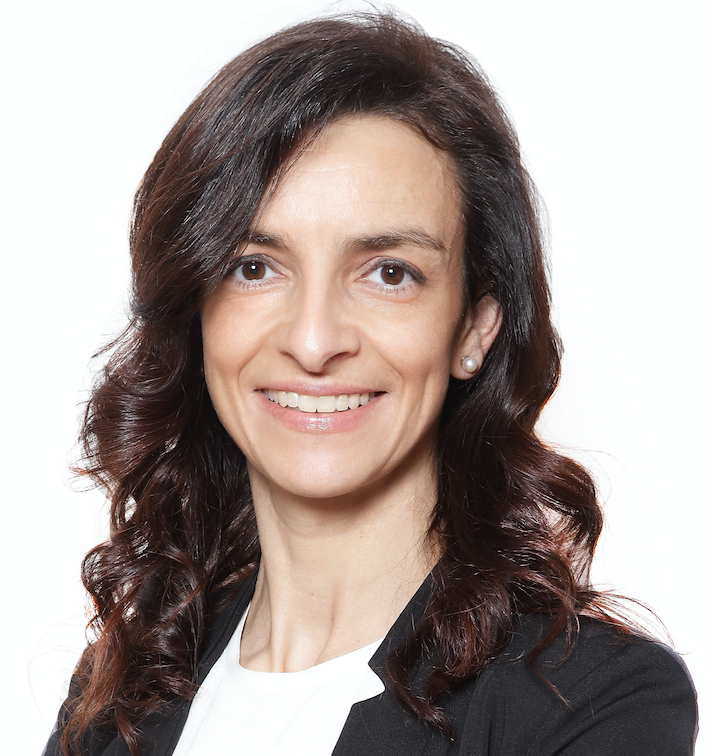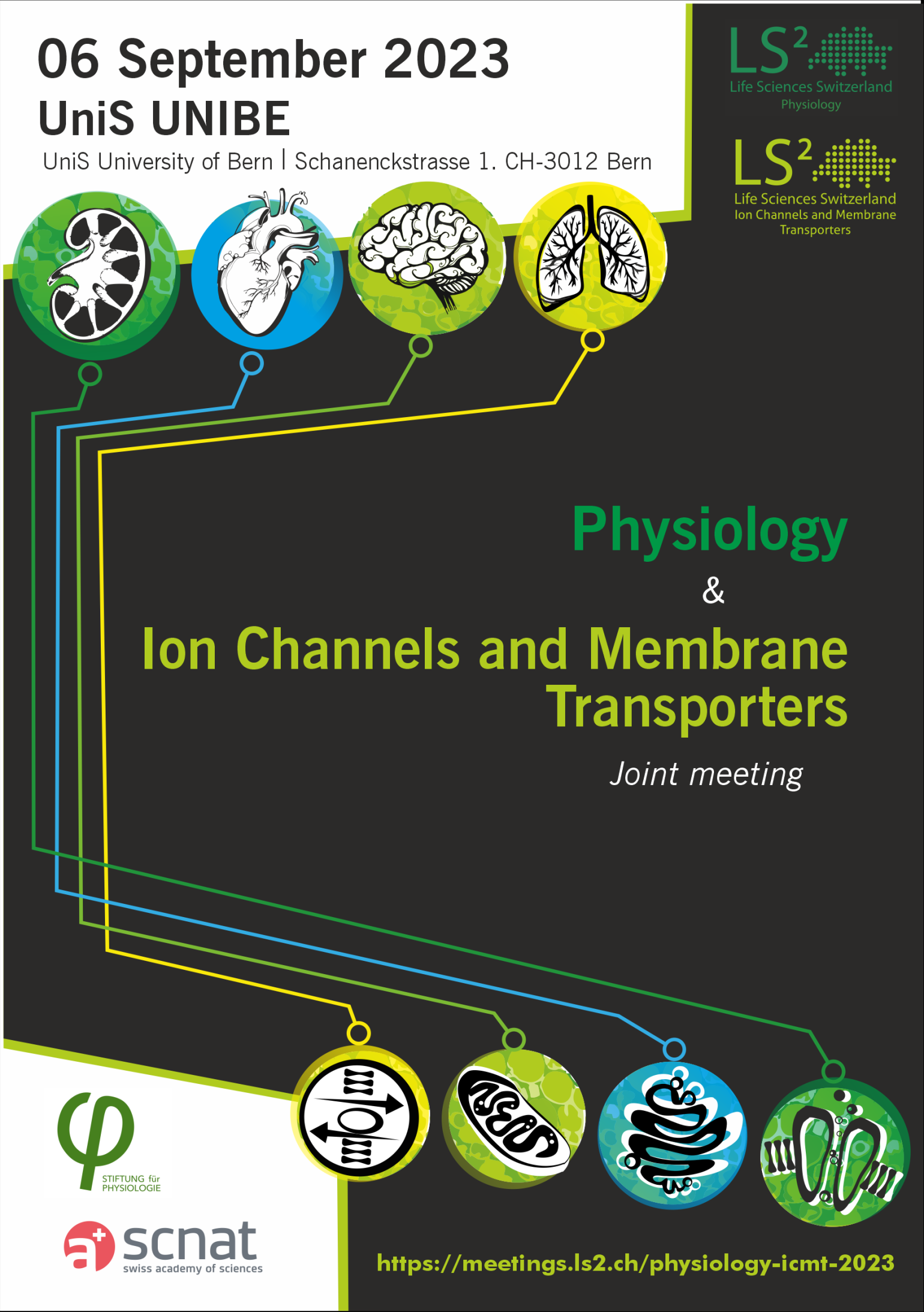- Prof. Raimund Dutzler (University of Zurich, Switzerland)
Raimund Dutzler joined the Department of Biochemistry in August 2003 as Assistant Professor. As of September 1st, 2009, he has been promoted to Full Professor of Biochemistry.
His research group is interested in the mechanisms of transmembrane ion and lipid transport. The group takes a multidisciplinary approach combining biochemistry X-ray crystallography, cryo-electron microscopy and electrophysiology to study the structure and function of channels and transporters of ions and lipids.
Raimund Dutzler studied Biochemistry at the University of Vienna. He received his PhD in Biophysics from the Biozentrum of the University of Basel. Raimund Dutzler conducted his postdoctoral research at the Rockefeller University in New York.
Title: Activation and inhibition of the calcium-activated chloride channel TMEM16A
Abstract: TMEM16A functions as a calcium-activated chloride channel that is involved in multiple cellular processes including epithelial chloride transport and electrical signaling in smooth muscles and certain neurons. It is a proposed target for diseases such as hypertension, asthma, and cystic fibrosis. TMEM16A is part of a family that encompasses ion channels and lipid scramblases with a single conserved molecular architecture. The homodimeric protein contains two selective anion permeation pores, each contained within a single subunit. These pores independently open by the binding of Ca2+ from the cytoplasm to sites located within the transmembrane domain close to the anion conduction path. Ca2+-binding alters the electrostatics and causes the conformational change of a membrane-spanning segment to release a gate located in the narrow neck of the hourglass shaped pore. The same mechanism creates a pocket located external to the neck region that is accessible for the compound 1PBC to block the channel in the open conformation. These results define the mechanism of inhibition and gating in TMEM16A and they provide a basis for the design of new, potent TMEM16A modulators.

- Prof. Milena Bellin (Department of Biology, University of Padua, 35121 Padua, Italy; Veneto Institute of Molecular Medicine, 35129 Padua, Italy; Department of Anatomy and Embryology, Leiden University Medical Center (LUMC), 2333 ZA Leiden, The Netherlands.)
Title: Cardiac organoids from human pluripotent stem cells for modelling inherited diseases of the heart
Abstract: Human induced pluripotent stem cells (hiPSCs) from patients are a precious tool to study human cardiac disease, including channelopathies. We recently developed three-dimensional multi-cellular cardiac organoids combining hiPSC-derived cardiomyocytes, cardiac fibroblasts, and cardiac endothelial cells. We demonstrate that, under these culture conditions, hiPSC-cardiomyocytes mature to post-natal levels at structural, functional, electrical, and metabolic level. Using patient-derived hiPSCs, we show that cardiac fibroblasts can be active contributors to arrhythmia and that mature hiPSC-cardiomyocytes express post-natal isoforms of cardiac ion channels, revealing mutation effects in heart disease. We will discuss directions and challenges in the field.

